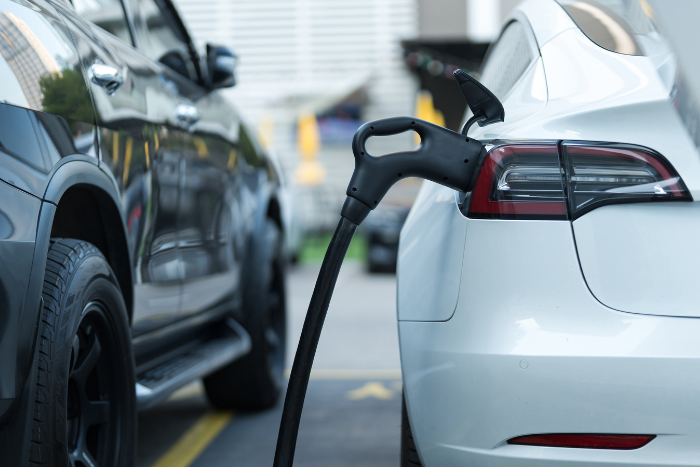Two new rules have been released by the Bureau of Indian Standards (BIS) with the objective of improving the safety of electric vehicles, specifically two-wheelers, four-wheelers, and cargo trucks. The primary components of electric automobiles, buses, and trucks are the subject of these new regulations, IS 18590: 2024 and IS 18606: 2024. In particular, the powertrain, which consists of components like the motor and gearbox, is highlighted. The goal of these criteria is to guarantee that the powertrain satisfies strict safety regulations. Furthermore, the guidelines place a strong emphasis on battery performance and safety, guaranteeing that they are strong and safe, according to a statement released by the Ministry of Consumer Affairs, Food & Public Distribution. The nation now has 30 municipal standards for electric vehicles and their accessories, including charging, as a result of the adoption of these regulations.
India’s largest battery storage system launched in Delhi
BSES Rajdhani Power Limited, which provides electricity to over two thirds of Delhi, has begun constructing India’s first utility-scale standalone Battery Energy Storage System (BESS) — anticipated to be the biggest in South Asia. Installed at the south Delhi BSES Rajdhani Kilokari substation, the system will provide the local community with a backup power supply in the event of an unplanned power outage. The Delhi Electricity Regulatory Commission (DERC) has already granted BSES Rajdhani permission to start the project, and it should be prepared for commissioning in 10 to 12 months. More residential areas will be included in the project after it is put into service. According to officials, the project will be built to handle the wide fluctuations in demand for electricity, boost power supply, lessen network overloading, and increase grid stability. It will also assist in integrating renewable energy sources and lowering the cost of power procurement.
Researchers look into spontaneous glass breakage in solar panels
An alarming increase in solar panel glass breaking on its own in the field—sometimes even before it is commissioned—is being investigated by researchers. There are more and more reports of glass breaking in silicon modules that have nothing to do with storm impacts or maintenance-related damage. According to researchers, these days modules do not pass with greater safety factors or only just pass the fundamental static load test. The group also discovered that solar glass seemed to be getting lower in average quality over time. The tendency of solar glass becoming thinner over time is probably the cause of this increase in breakage. It takes fewer defects to produce strength-limiting defects in glass as it gets thinner. Furthermore, mounting rails are getting closer together, frames are getting thinner, and modules are getting bigger. The result of all these elements is “large, floppy modules” that increase the pressure on the glass surface, which in many cases is also becoming thinner.
Investment in clean tech to hit $2 trillion by 2024
The International Energy Agency (IEA) projects that global investment in renewable technologies will reach $2 trillion this year, about twice as much as that invested in fossil fuels. This is still less than half of the projected yearly investment of $4.5 trillion that will be required by the early 2030s to meet net-zero goals. For the first time, it is anticipated that global energy investment would surpass $3 trillion in 2024, with about $2 trillion going towards clean technologies such as electric and hybrid vehicles, nuclear power, storage, grids, low-emission fuels, efficiency gains, and heat pumps. The remaining sum—just over $1 trillion—will be used for gas, oil, and coal. In 2023, combined investment in renewable power and grids overtook the amount spent on fossil fuels for the first time.

